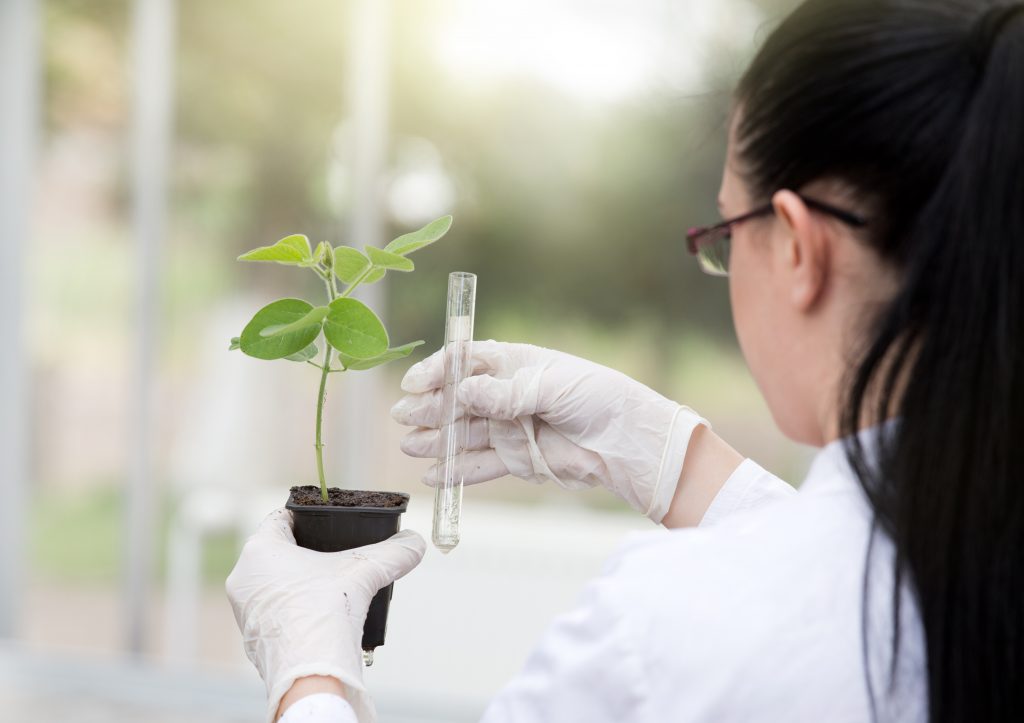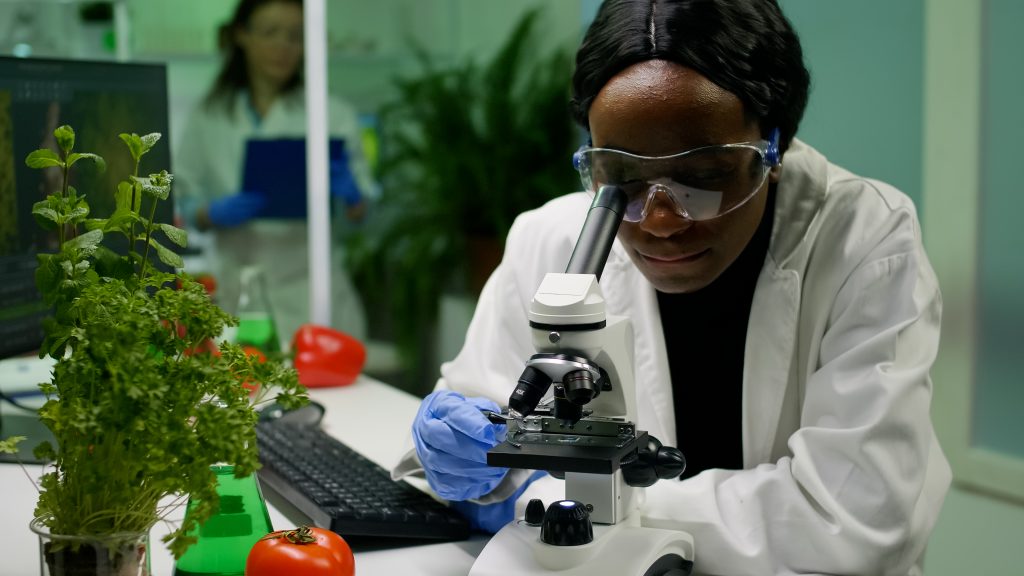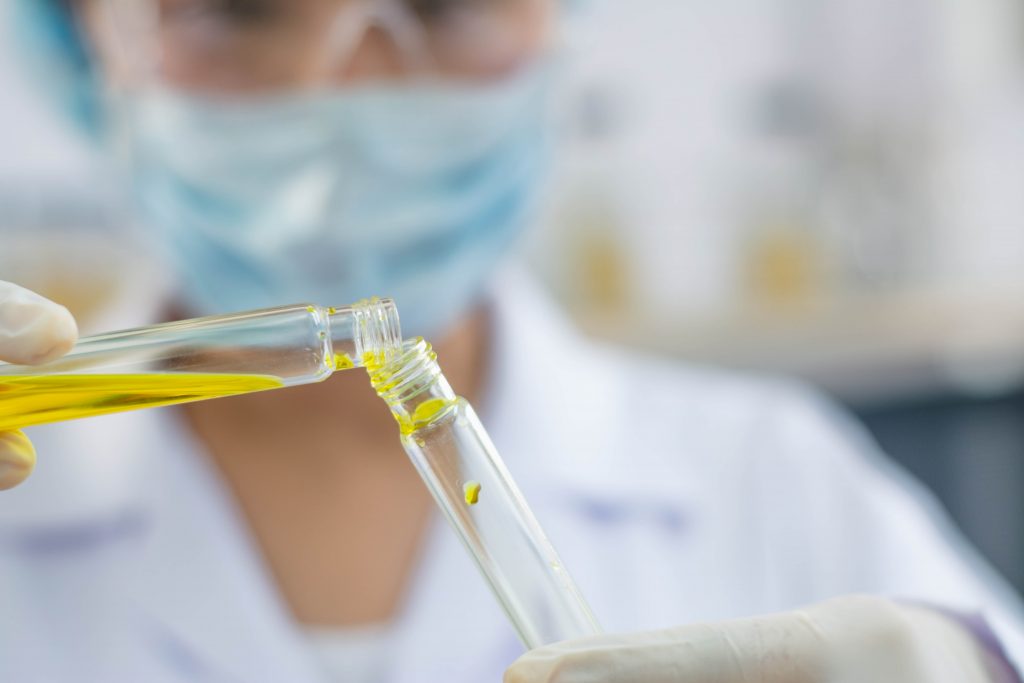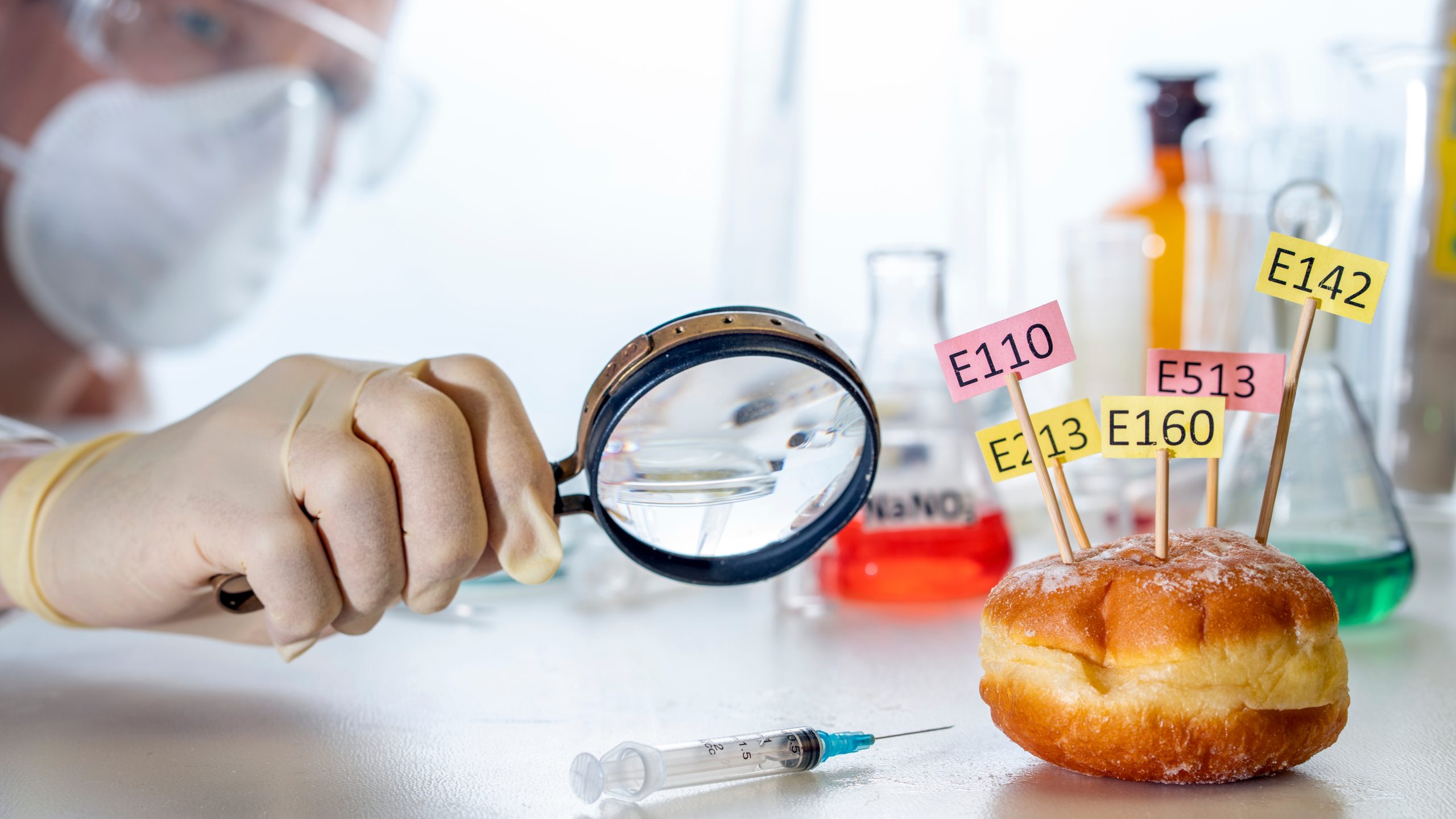Contents
 Agricultural and food scientists are specific kinds of scientists specializing in efficiency, improvements, and safety measures related to farming and food production. If you enjoy research and analyzing data, you might consider a career as an agricultural and food scientist. But to land a role in this profession, you’ll need the proper education and experience. This article will familiarize you with the ins and outs of the profession and put you on the best degree path to becoming an agricultural and food scientist.
Agricultural and food scientists are specific kinds of scientists specializing in efficiency, improvements, and safety measures related to farming and food production. If you enjoy research and analyzing data, you might consider a career as an agricultural and food scientist. But to land a role in this profession, you’ll need the proper education and experience. This article will familiarize you with the ins and outs of the profession and put you on the best degree path to becoming an agricultural and food scientist.
Education for Agricultural and Food Scientists
The first step in becoming an agricultural and food scientist is to earn an agricultural and food scientist degree. Workers in this profession hold a minimum of a bachelor’s degree, preferably from an accredited college or university. Agricultural and food scientists hold bachelor’s degrees in agriculture or a related field, such as biology, chemistry, or environmental science. Undergraduate programs in agricultural science may be earned on campus or online. Accredited programs prepare students for careers as food scientists by providing core knowledge of the world of agriculture and food safety. Course topics might include the following:- Agricultural law
- Business management in agriculture
- Environmental economics and policy
- Environmental law
- Leadership development in food and agriculture
- Organic farming and gardening
- World food crops
Best Agricultural and Food Scientist Degrees
Undergraduate students planning careers in soil or plant science should take classes in biology, botany, chemistry, and plant conservation. Students with food science career plans might also incorporate classes like food chemistry, food engineering, food microbiology, and food-processing operations and methods. In addition to the above foundational courses in agriculture and food science, students also take classes in the humanities that prove to be beneficial for their career plans. Courses in English and communications help develop strong communication skills, while computer courses help prepare students to work with databases and common programs used in the field.Best Graduate Degree for Agriculture and Food Scientist
Many students decide to pursue a graduate degree in agriculture or food science early on in their academic career. Master’s degree programs are available in applied disciplines, such as dietetics and toxicology. However, some agricultural science or environmental science programs are also offered. These programs build on the knowledge gained in undergraduate agriculture programs. Course topics covered in a typical master’s in agricultural science might include:- Bioproducts and bioenergy
- Environmental biotechnology
- Fungal biology
- Plant tissue culture
- Soil and water quality
- Urban and local food systems

Beyond the Agricultural and Food Scientist Degree: Internships and Work Experience
Undergraduate students in agricultural and food science typically intern during their academic career. Internships and research opportunities allow students to gain valuable work experience. Many programs offer opportunities for students to participate in summer internships or take part time jobs throughout the academic year. Students may work on farms, in labs, or at food processing plants. Since most entry-level agricultural and food scientist jobs require firsthand experience, internships are highly recommended.Important Qualities Needed for Agricultural and Food Scientists
There are important qualities an agricultural or food scientist must have to be successful in their career. While these skills or qualities are necessary, they’re not always taught in the classroom. In addition to agricultural and food scientist schooling, workers in this profession need:- Communication skills: Since agricultural and food scientists must explain their studies and findings, effective communication skills are essential to the role. Also, agricultural and food scientists work closely with colleagues, other technicians, and students. They work with research teams and manage personnel. As a result, good communication skills are critical in managing day-to-day tasks.
- Critical thinking and analysis abilities: Food scientists, like other researchers, collect data and analyze their findings. They take quantitative surveys and answer specific research questions. Through applied techniques, scientists must get answers to the questions they are seeking. All of this requires strong critical thinking and data-analysis skills.
- Math skills: While mathematical skills can be honed in the classroom, agricultural and food scientists must have a solid grasp of mathematical concepts and how they are applied on the job. Data analysis often requires food and agricultural scientists to perform mathematical problems to determine findings.
- Observation skills: Mistakes on the job can lead to inaccurate and inconclusive results. This is why it’s important for agricultural and food scientists to conduct experiments with precise measurements. They must also draw conclusions based on precise observation, so as not to disrupt results.
Licensing and Certification
In addition to education for agricultural and food scientists, some states require agricultural and food scientists to be licensed to practice. Licensing is more of a common requirement for soil scientists than for agricultural or food scientists. However, some states require individuals in this profession to have a bachelor’s degree with a certain number of earned credits in soil science. They may also be required to complete a certain number of years working alongside a licensed scientist and pass an examination. Other certifications are available, though not required. Agricultural and food scientists may earn certifications that are looked favorably upon by potential employers. These certifications can come from the American Society of Agronomy, the Institute of Food Technologists, or the Soil Science Society of America, among others. Qualifications vary by certification, but most are based on education, professional experience, and the passing of a comprehensive examination. In addition to helping you land a job, certifications can be useful when completing continuing education requirements.
Job Outlook for Agricultural and Food Scientists
The Bureau of Labor Statistics (BLS) reports a favorable job outlook for the profession of agricultural and food scientists. In fact, over the next 10 years, a nine percent employment growth is expected for this occupation. According to BLS, the growth rate is slightly faster than the overall expected employment growth of eight percent for all occupations, and slightly slower than the employment growth for life scientists (11 percent). About 4,400 openings each year are expected for agricultural and food scientists. While this is not a huge number, the openings are expected to continue every year for the next 10 years. So, what’s causing the growth? According to BLS, most of the job openings will result from the need to replace workers who retire or transfer to different occupations. Other factors that will likely impact job openings, as reported by BLS, include the continuation of research into agricultural production methods and techniques. Research will be pushed in areas like agricultural efficiency and sustainability. As a result, scientists will be needed to investigate the challenges that population growth, changes in weather patterns, and the increased demand for water resources have on agriculture and food production. Experts will also be needed in areas of agricultural science that combat pests and pathogens. We should also expect an increase in demand for different agriculture products, such as biofuels. In this area of production, research will increase as more efficient ways to meet demand arise. Additional areas of agricultural and food production that will see growth and lead to the hiring of scientists include the following:- Animal science
- Food science
- Soil and plant science
Pay for Agricultural and Food Scientists
The Bureau of Labor Statistics (BLS) reports that the median annual wage for agricultural and food scientists is $68,800. However, the top 10 percent of earners in this occupation see over $125,000 per year. Certain factors impact the earnings for this profession. These include industry type and geographic location. According to BLS, the top-paying industries for agricultural and food scientists and their median annual wages are:- R&D in engineering, life, and physical sciences: $83,780
- Food manufacturing: $73,760
- Government: $71,590
- Management, scientific, and technical consulting services: $58,940
- Colleges, universities, and professional schools: $53,610
- R&D
- food manufacturing
- government
- Ohio: $97,960
- Connecticut: $96,880
- Illinois: $94,330
- Kansas: $93,370
- Maryland: $92,470
 Soil and plant scientists earn the highest wages in the following top-paying states:
Soil and plant scientists earn the highest wages in the following top-paying states: - Maryland: $107,050
- Mississippi: $93,290
- Massachusetts: $93,150
- District of Columbia: $92,040
- North Carolina: $91,070
- Wichita, Kansas
- San Francisco, Oakland, and Hayward (California)
- Washington, D.C. and Arlington, VA
- St. Louis (Missouri and Illinois)
- Santa Rosa, California
- North-Northeastern Ohio: $109,090
- Coastal Oregon: $88,120
- West-Northwestern Ohio: $83,830
- South-Central Wisconsin: $83,180
- Southeast Minnesota: $74,300
The Work Environment of an Agricultural and Food Scientist
According to BLS, agricultural and food scientists held about 37,400 jobs last year. The distribution of jobs was spread across three major professions:- Soil and plant scientists (18,800 jobs)
- Food scientists (15,000 jobs)
- Animal scientists (3,500 jobs)
- Food manufacturing – 20 percent
- Colleges, universities, and professional schools – 11 percent
- Research and development in engineering, life, and physical sciences – 10 percent
- Government – nine percent
- Management, scientific, and technical consulting services – seven percent
By BDP Staff
Related Resources:
- 5 Jobs You Can Get With a Degree in Health Sciences and Nutrition30 Best Online
- Bachelor’s in Healthcare Administration
- 30 Best Online Bachelor’s in Health Sciences and Nutrition
- Top 30 Affordable Online Bachelor’s in Computer Engineering Degrees
- Ultimate Guide to Science and Engineering Degrees and Careers
